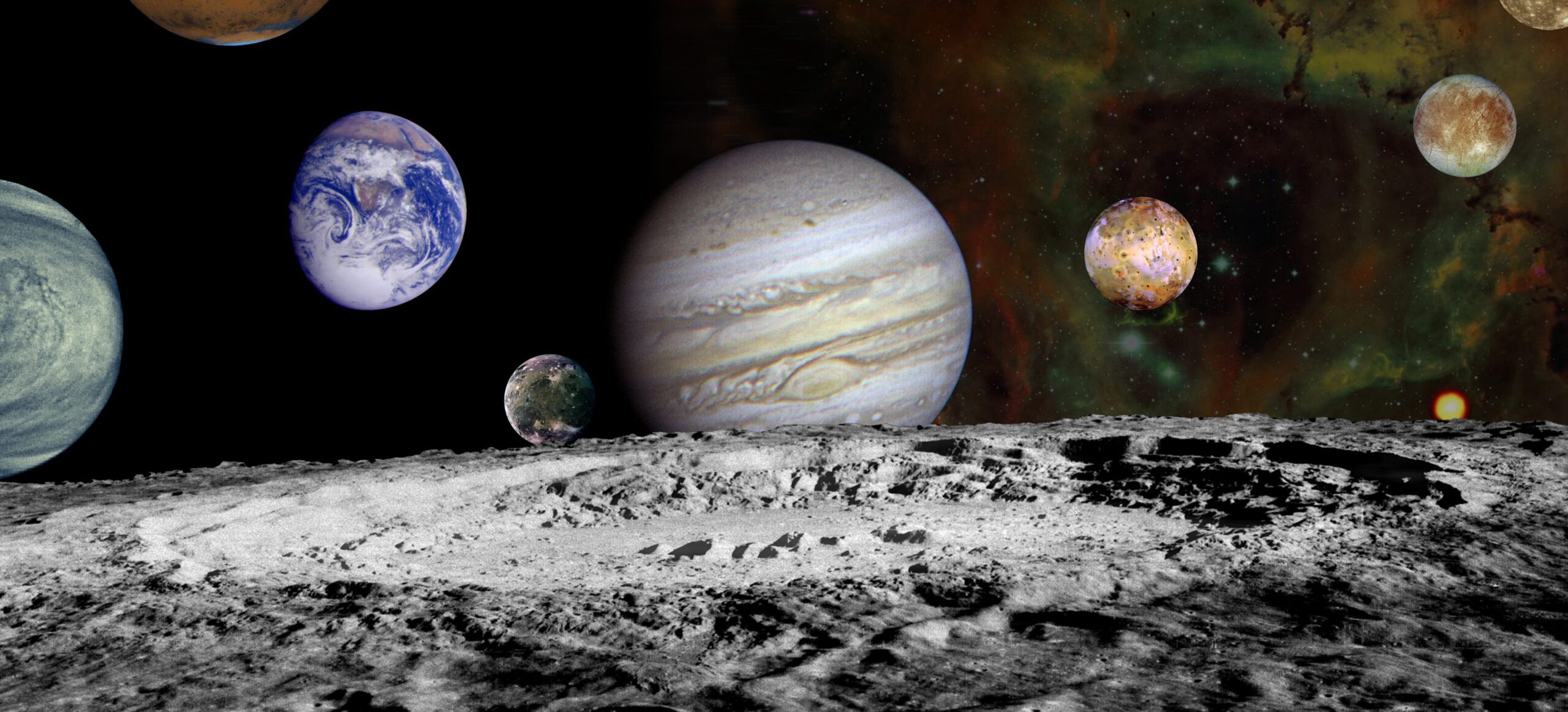If the establishment of a permanent human settlement on Mars could actually become a reality in less than 20 years, so too could the ability to cultivate food in space. Scientists at Wageningen University & Research in the Netherlands researching space farming have successfully grown edible peas, radishes, tomatoes and rye using Moon and Mars soil simulants.
The research is supported by Dutch company Mars One, which is preparing for the establishment of a permanent human settlement on Mars. Becoming self-sufficient on Mars will be an essential goal considering the high cost of launching water, food and other essentials for long-term or permanent existence on the planet. It costs about $10,000 to send 0.5kg of food to the International Space Station.
According to Mars One CEO and co-founder Bas Lansdorp, growing food ‘locally’ and ensuring sustainable food production on Mars is especially important to the company’s mission of a permanent settlement. “The results of Dr. Wamelink and his team at Wageningen University & Research are significant progress towards that goal,” he said.
The research involved cultivating crops in a glasshouse under constant temperature, humidity and light conditions and under the Earth’s atmosphere. The Mars soil simulant originated from a volcano on Hawaii and the moon soil simulant from an Arizonian desert. After three years of research, the scientists made significant progress in June of this year by overcoming the high risk of growing contaminated produce unsafe for human consumption due to the dangerous levels of heavy toxic metals, including copper and lead, which exist in the Mars and lunar soils. No dangerous levels were found in the pea, radish, tomato and rye produced by the team, which are testing 10 different vegetable and cereal crops in total, including potatoes and quinoa.
Dr. Wamelink says it is important to test as many crops as possible, to make sure that settlers on Mars have access to a broad variety of different food sources. He says he is confident that in the future it will be possible to grow small fruit trees on Mars such as apple and cherry trees as well as lupin, which can be eaten as a meat consumption replacement.
Research on how to grow food on space stations, in spaceships or even on Mars is taking off across the globe from the Mars Desert Research Station in Utah to indoor greenhouses on the South Pole.
In August 2015, National Aeronautics and Space Administration (NASA) astronauts on board the International Space Station ate space-grown red romaine lettuce, harvested from the orbiting lab’s small plant growth chamber. The experiment, called Veg-01, is part of NASA’s efforts to provide future astronauts with a sustainable food supplement. The lettuce was grown over a 33-day period using rooting ‘pillows’ containing seeds — which are activated, watered and cared for by the astronauts. The pressurized space garden has the added physiological benefit of providing astronauts with recreation gardening during their long missions. Other vegetables being tested by NASA include cabbage and peppers.
Californian based company SpaceX is also planning to establish a permanent settlement on Mars. CEO Elon Musk shared his vision for a self-sustaining city on Mars at the International Astronautical Congress in Guadalajara, Mexico in September claiming the planet is resource rich with water ice and compounds necessary to support plants.
Challenges to growing food on Mars
Mars’ radiation, temperature, arid environment and lack of an atmosphere open up many challenges to growing food, but at the same time present just as many opportunities to invest in and develop technologies including hydroponics and aeroponics systems to overcome these obstacles.
With Mars’ surface receiving about half the sunlight Earth does with temperatures ranging between minus 143 and plus 35 degrees Celsius, supplemental light will be a key component to any type of pressurized greenhouse enclosure. NASA has been studying using LED lighting to increase the photosynthetic activity by the plants.
The red romaine lettuce’s antioxidant properties could reduce the consequences of humans getting radiation exposure on Mars while the abundance of ice beneath the surface of Mars would provide the water requirements for cultivation.
The crucial process of pollination is another obstacle to overcome with one solution being to send bees or other insects into space to pollinate plants in space gardens, while a robotic system with sensors to cross-pollinate the plants could be another solution.
Investing in space farming
Until recent years, space exploration was government-funded, in particular in the U.S. by NASA and by Russian Federal Space Agency Roscosmoz. However, a reduction in funding has opened up commercial opportunities for entrepreneurs such as Jeff Bezos, Richard Branson and Elon Musk, venture capitalists and other individual investors who regard space funding as an emerging sector despite the high risks involved.
According to New Space Global co-founder and CEO Richard Rocket, in 2011 there were only 100 companies in this industry. Now there are about 1,000, including about 700 private businesses, of which 70 percent are US-based with rapid expansion expected for Europe-based companies.
American investment company Bessemer Venture Partners is committed to investing in spacetech that will eventually lead to space colonialization, along with more than 250 other investment companies, including DFJ Venture, First Round Capital, Founders Fund, Khosla Ventures and RRE Ventures.
—
Melissa Lawrence




